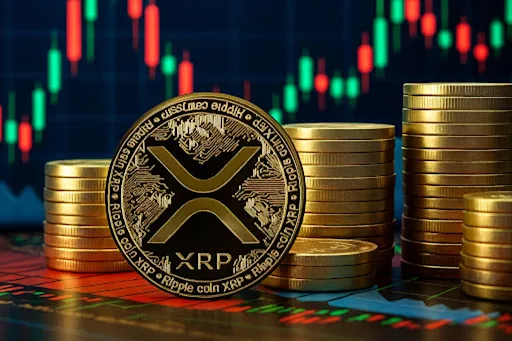Boston College Research: ICO Success is Proportional to Twitter Activity

The monumental rise of Initial Coin Offerings (ICOs) as a form of fundraising in 2017 was undoubtedly impressive, with industry observers expressing both criticism and acknowledgment of the process. Now, the method has been studied in detail by academics, who sought to point out the technique’s incredible success rate in proportion to Twitter metrics.
Twitter Followers and ICO Returns
According to a study by researchers from Boston College Carroll School of Management, the average returns from ICOs was noted at 179 percent, calculated from the “pre-sale” price to first listing on an exchange. Interestingly, when the study took into account ICOs that executed exit scams or failed to issue tokens, the average return rate was still an impressive 82 percent.
The researchers noted the “abnormal behavior” of ICO returns after listing on an exchange, which typically experiences an immediate dump in prices upon first listing, but regenerate a 48 percent return to investors after just 16 days of “buy and hold.”
The most significant part of the study was correlating ICO returns to a project’s Twitter activity, with results indicating that interactive Twitter accounts invariably generated higher fundraising.
The study stated:
“We use data from Twitter accounts of cryptocurrency firms to investigate the relationship between Twitter followers and activity, and market prices, and to measure the attrition rate of crypto-companies after completion of the ICO.”
More Tweets = More Funds Raised
The study noted that the average length of time from the date that the platform’s Twitter account is activated to the ICO start date is about eight months, and the median value of this variable was only three months, which suggests that a large number of firms launch Twitter accounts “just in time” before token issuance.
Projects with an active Twitter account were found to generate more publicity, and raise more funds, than projects with sporadic posts. The research found a positive relationship between market capitalization and Twitter followers, suggesting evidence of a positive externality effect when an ICO platform reaches a critical mass of users.
However, cryptocurrency firms were not as active as other sector businesses in their tweets per day, with a crypto-project on an average tweeting 2.1 times a day. In comparison, traditional firms can tweet up to 22 times a day. Cryptocurrency firms did not augment the number of tweets even while an ICO was ongoing, with the average increase to just 2.7 tweets. These findings suggest that Twitter activity remains mostly constant, regardless of the project’s token issuance status.
The study noted that firms which displayed “stronger Twitter activity” in the days leading up to the ICO, and especially during the ICO, were more successful than their peers.
However, the study noted:
“Increased tweeting during the ICO could be a result of ICO success rather than its cause, as entrepreneurs are more likely to share good news about strong token sales.”
ICO Scams Researched
The study indicated that 7.8 percent of ICO opened a Twitter account, but did not tweet anything during their token sales – indicating either an exit scam or fraud. Furthermore, out of the 420 companies in this category, 21 percent never bothered to open a Twitter account.
Using the same research methodology, the study observed that “cryptocurrency accounts are anonymous, transactions are irrevocable, and ICOs are unregulated,” rendering a high number of scams and theft. Apart from the firms which were innately fraudulent, the study observed that in some cases hackers infiltrated wallet addresses on the ICO website, and diverted funds from the legitimate destination toward their own.
Furthermore, the study suggests that not all ICOs may be as fraudulent as concluded, as it was observed in some case that companies which failed to raise their target figures diligently proceeded to return the funds to investors.
In conclusion, the paper shows that investors in “new unproven platforms” were “handsomely rewarded,” and in most cases, investors did their due diligence to identify the scam ICOs.
The study noted:
“While our results could be an indication of a bubble, they are also consistent with high compensation for risk for investing in pre-revenue platforms through unregulated offerings.”
The full study, titled “Digital Tulips? Returns to Investors in Initial Coin Offerings” can be accessed here.













